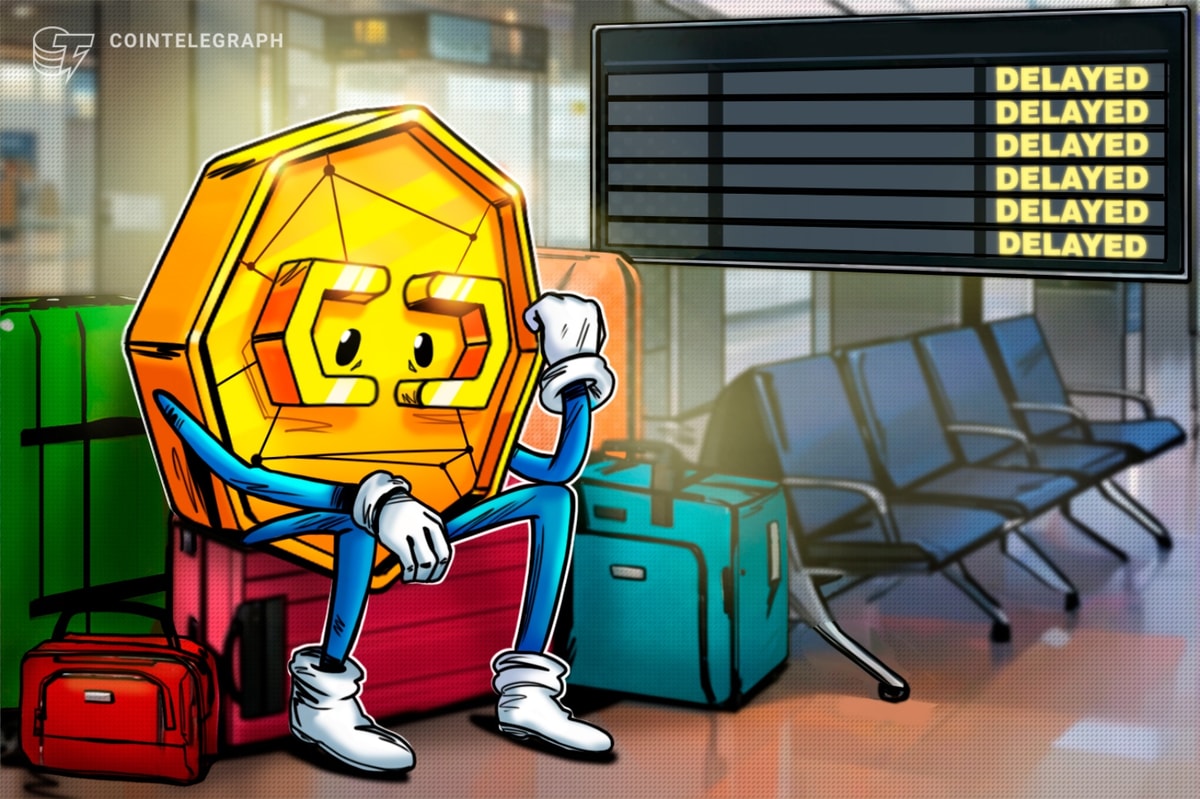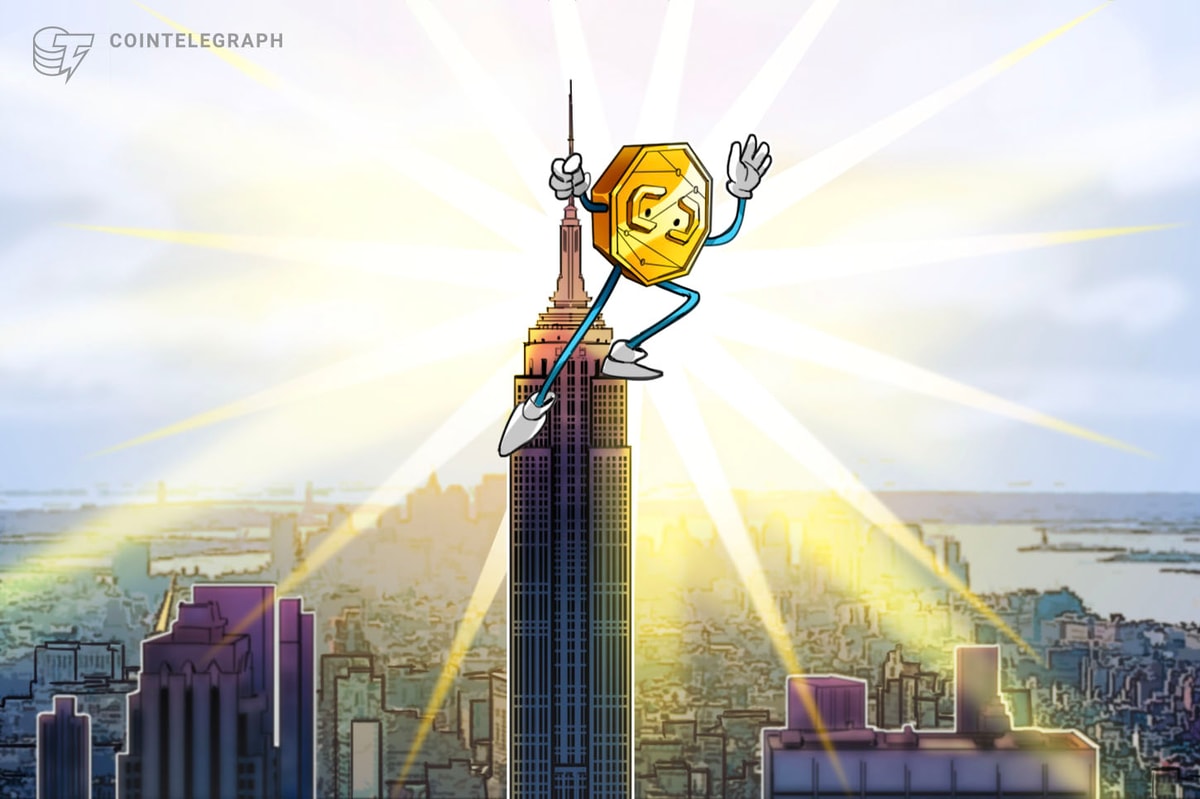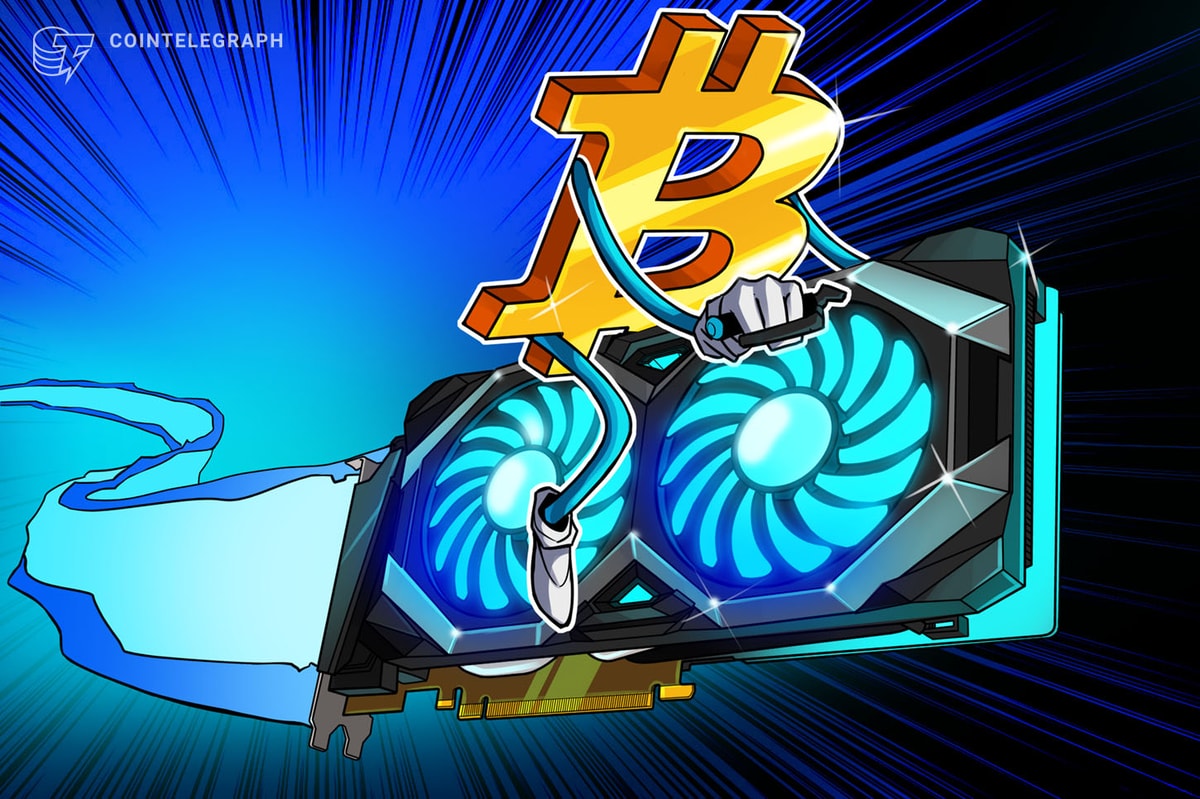An engineer at Google and professed fan of Bitcoin, Charles Lee thought he could make some improvements on the cryptocurrency.
In October 2011, he released Litcoin, what has since been billed as the silver to Bitcoin’s gold.
But is Litecoin an inexpensive alternative or a better version of the original? For the moment, the two exist side by side, and the relationship could remain harmonious.
Litecoins are currently trading at $2.40, which is a four-fold increase in value against Bitcoin since January. And Bitcoin itself has had a pretty good year.
Lee felt confident enough in his creation that he left his job at Google to oversee Litecoin.
Many of the same features apply to Litecoin: Supply is limited, users can move the currency anonymously, and there is no central regulation. Here what is different: The supply is capped at four times the eventually available number of Bitcoins, transactions are faster, and it’s easier to mine the coins.
What results is a cryptocurrency that is more democratic. And rather than compete with Bitcoin, it seems to be complementing it and diversifying the digital economy.
Litecoin uses a technology called Scrypt so that miners can get their money’s worth with simple CPU mining machines. That disincentivizes huge-scale mining operations, as we are seeing develop in Bitcoin.
It seems to be catching on. Its growth pretty closely mirrors Bitcoin’s, and trading is now available on the Mt. Gox exchange.
Investors may find it attractive as a way to diversify their digital currency holdings, and if Bitcoin provides any useful roadmap, the ride might not be so bumpy.
The currency’s limitation also mean it probably cannot form huge bubbles in its value, as Bitcoin can. Longer term, then, it might serve as a superior currency for making small, everyday transactions thanks to its faster confirmation.
This would make it a nice complement to Bitcoin’s role as, perhaps, a vehicle for investment or for moving wealth.











